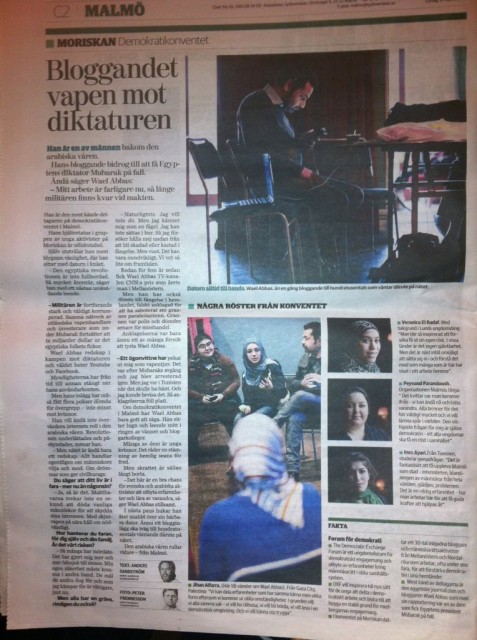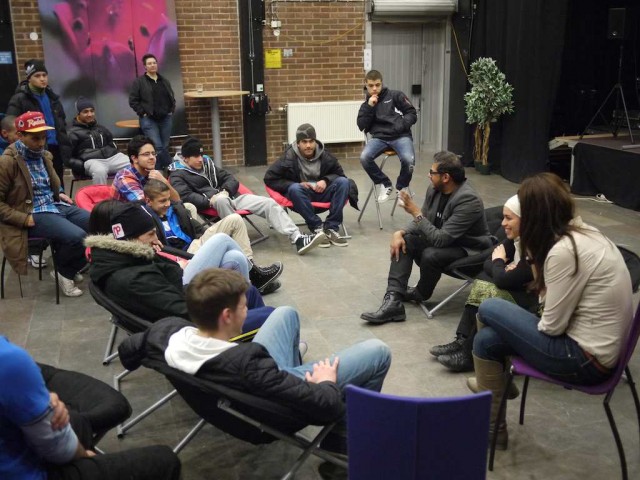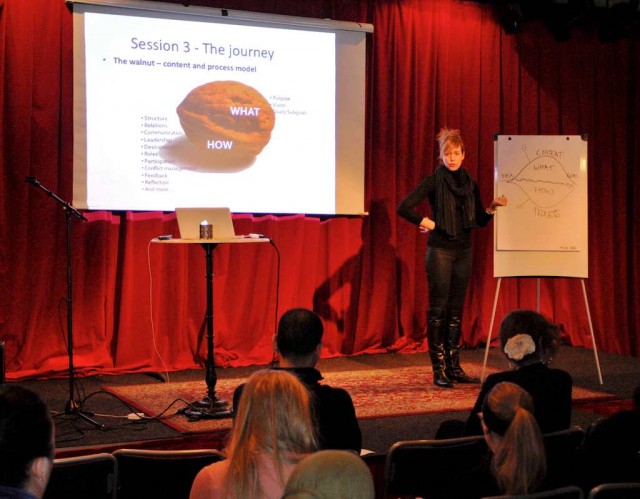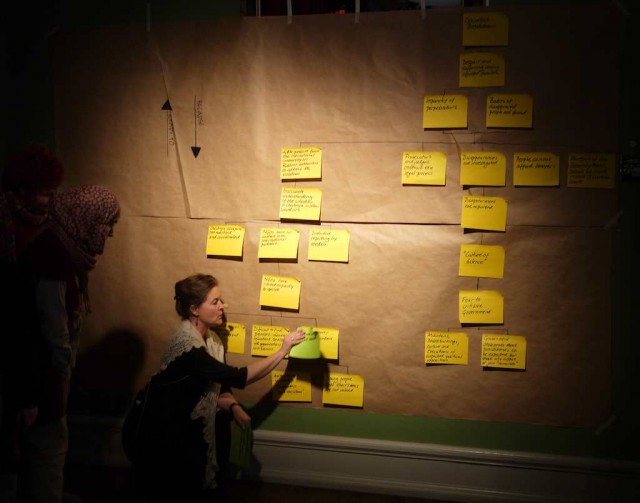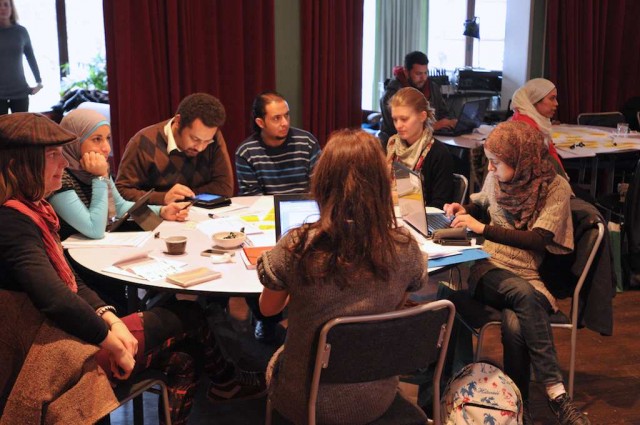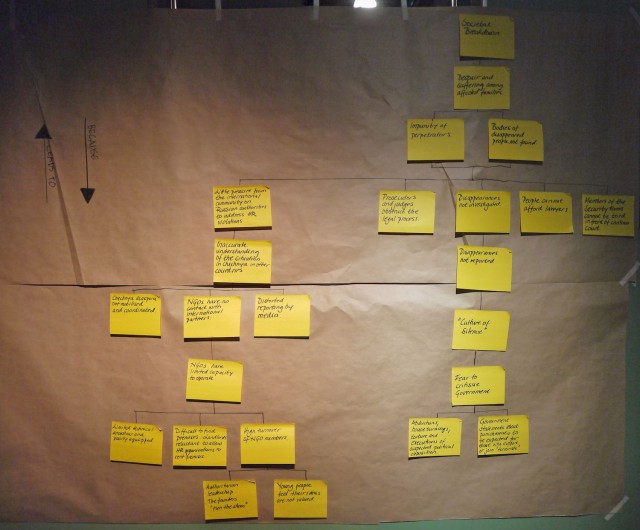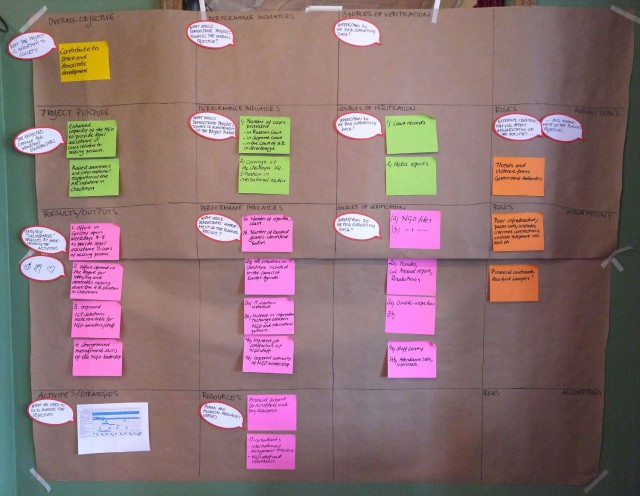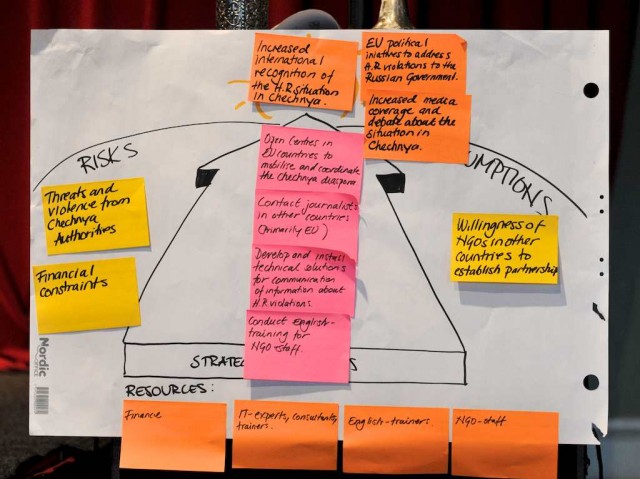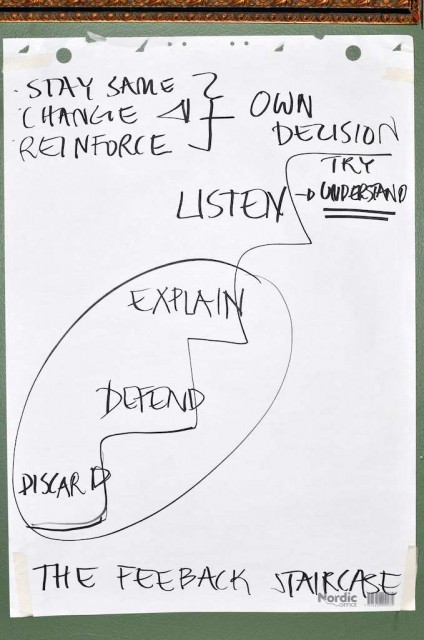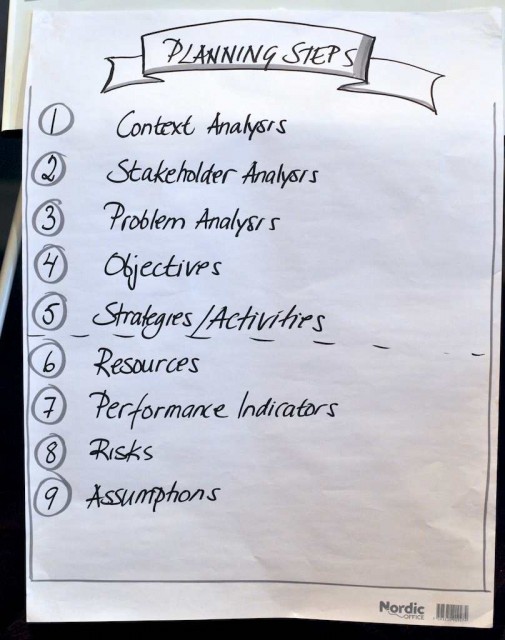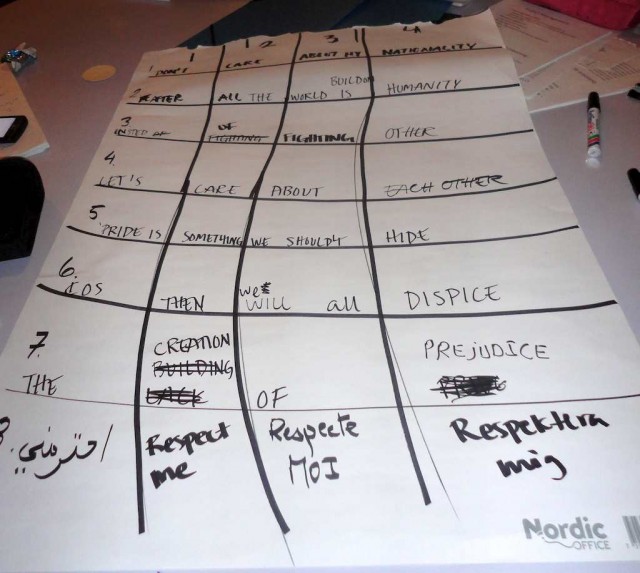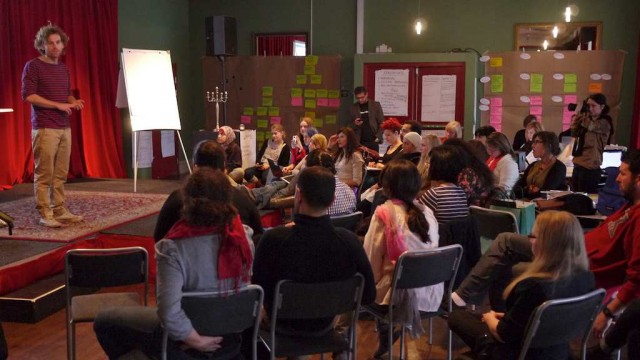Sweden’s large regional daily paper Sydsvenskan featured DXF in two articles this past week. One is available online (Google-translated version), while the other is available as a full-page article in the dead-tree version:
Project presentations: Group 5
On the fourth and final day of DXF, the five teams had 10 minutes each to present their workshop case studies before a panel of three judges. Here is the presentation for the fifth team, and the feedback they received.
Group 5 looked at the the same case study as group 4 — the challenges facing investigative journalism in the Middle East and North Africa region:
Here’s the feedback they received:
Project presentations: Group 4
On the fourth and final day of DXF, the five teams had 10 minutes each to present their workshop case studies before a panel of three judges. Here is the presentation for the fourth team, and the feedback they received.
Group 4 looked at the challenges facing investigative journalism in the Middle East and North Africa region:
Here’s the feedback they received:
Project presentations: Group 3
On the fourth and final day of DXF, the five teams had 10 minutes each to present their workshop case studies before a panel of three judges. Here is the presentation for the third team, and the feedback they received.
Group 3 looked at the same case study as group 2: Youth initiatives in Malmö:
Here’s the feedback they received:
Project presentations: Group 2
On the fourth and final day of DXF, the five teams had 10 minutes each to present their workshop case studies before a panel of three judges. Here is the presentation for the second team, and the feedback they received.
Group 2 looked at youth initiatives in Malmö:
Here’s the feedback they received:
Project presentations: Group 1
On the fourth and final day of DXF, the five teams had 10 minutes each to present their workshop case studies before a panel of three judges. Here is the presentation for the first team, and the feedback they received.
Group 1 looked at ways to combat criminal youth gangs in the slightly fictitious city of “Fargo” in the country of “Scanavia”:
Here’s the feedback they received:
DXF Outreach
On Thursday night, DXF reached out to Malmö’s immigrant community with a showing of the film “Zero Silence”, followed by a talk with Hussain Kabani, one of the producers of the film.
The film showing took place at Tegelhuset, a meeting place for youth in Rosengård, an area of Malmö where immigrants often first settle soon after arriving in Sweden.
After the film, Hussain led a debate about freedom of speech with some of Rosengård’s youth in the audience, many of whom came from Lebanon, Ethiopia, Afghanistan or Morocco.
Many questions revolved around what it takes to make a film; Hussain told them that more and more, the technical barriers to making films are falling, and he encouraged them to think about making their own films if they have a social issue the want to address.
Workshopping
Presentations are due later today, Friday. In the meantime, DXF participants have been hard at work, preparing their projects in five groups. Both Eva Hamboldt and Karin Delin have been instrumental in leading the groups towards the most efficient possible outcomes.
Eva:
Karin:
And then, of course, there is a lot of this — team work and collaboration:
Måns Adler on Bambuser
This Thursday morning DXFSWE was treated to a fascinating presentation on Bambuser, a free Swedish live mobile video broadcasting service that has been instrumental in informing the world about events in the Arab Spring.
Presenting Bambuser was none other than Malmö native Måns Adler, the founder of Bambuser. He told DXF the story behind Bambuser — and how from the very beginning, one of the intended use cases was being able to stream live video from a mobile phone in the Middle East to the web, so that attempts to confiscate cameras would not prevent the information from getting out.
More broadly, Måns explained the motivation behind Bambuser as being that “in its purest form information is always good.” The biggest problem with information is if it doesn’t arrive, Måns argued. Bambuser solved a number of technical challenges to make video and sound information so much easier to disseminate to the world from anyone with a mobile phone. Before, only large broadcasting organizations had the means to broadcast live to the web, requiring expensive infrastructure. Bambuser managed to make the process simple and free for users. The effect, specifically in the Middle East and North Africa, has been tangible, as DXF participant Wael Abbas and his fellow activists can attest from the many live videos they’ve sent from the streets of Cairo over the past few years.
But while Bambuser is often used for political activism, Måns also highlighted several unusual and unintended uses, both funny and serious — for example, for checking if the light in the fridge goes out when the door closes, or to broadcast rescue operations to collaborators.
DXFers had plenty of questions. One participant asked about censorship on Bambuser. Måns responded that the only kind of video they remove is when people broadcast smut. (Starts 60 seconds into the broadcast):
Another question was: How can you be sure that videos on Bambuser are not fake? Måns answered that because live videos are broadcast with a latency of 3 seconds or less, viewers can interact with the video broadcaster in real time; this allows viewers to verify the veracity of the video:

